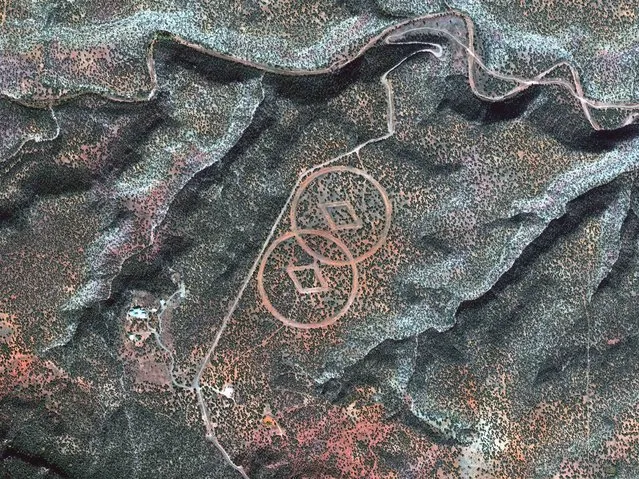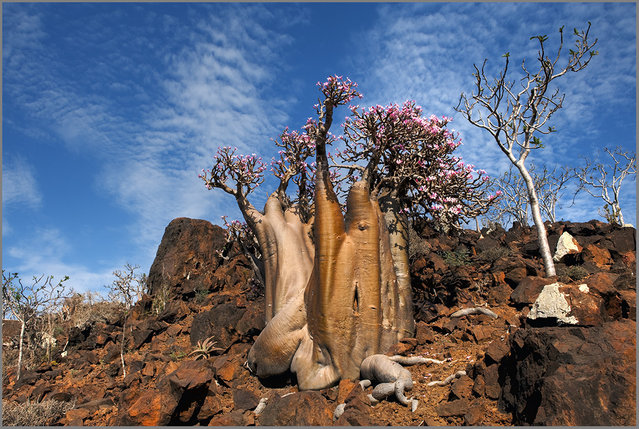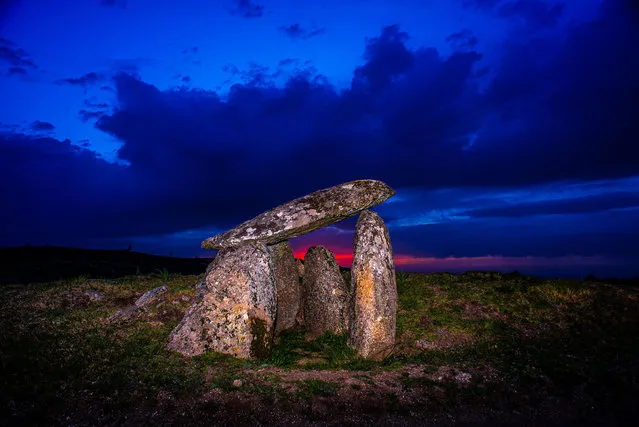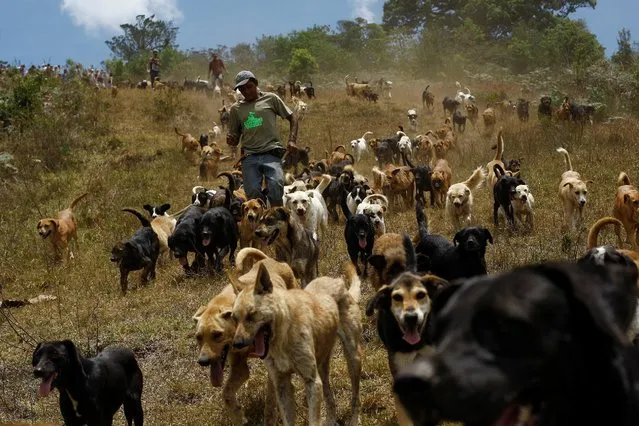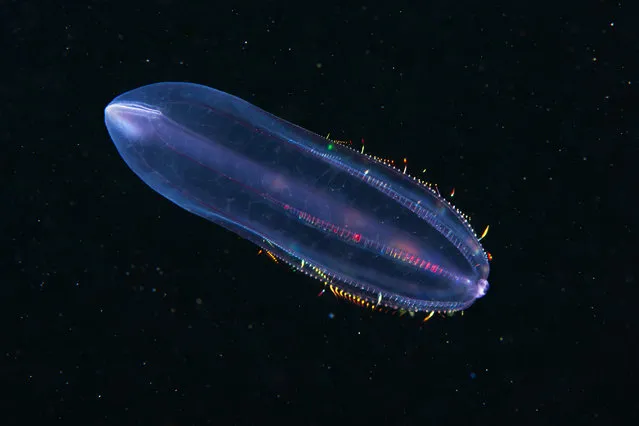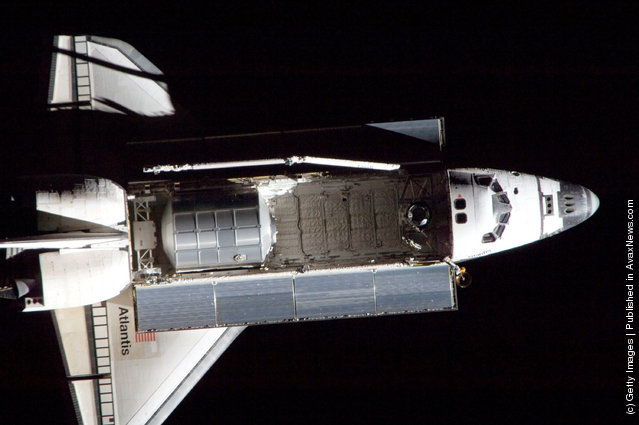
NASA space shuttle Atlantis in Earth orbit is seen during a Rendezvous Pitch Maneuver, or back flip to enable space station crew members to take high resolution digital pictures of the shuttle's heat shield before docking for the last time with the International Space Station July 10, 2011 in space. Atlantis has embarked on a 12-day mission to the International Space Station where it will deliver the Raffaello multi-purpose logistics module packed with supplies and spare parts. This will be the final launch of the space shuttle program, which began on April 12, 1981 with the launch of Colombia. (Photo by NASA via Getty Images)
11 Jul 2011 10:57:00,post received
0 comments

